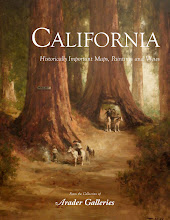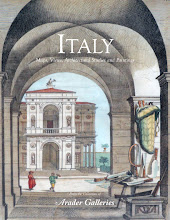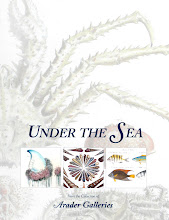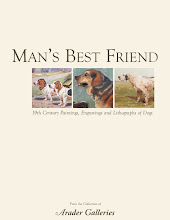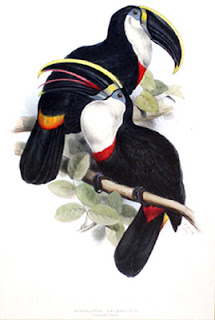 Rich, vibrant color is an important attribute of the best 19th Century prints. Many prints by John Gould found on the market today have modern color that affects both the appearance and the value of these great works.
Rich, vibrant color is an important attribute of the best 19th Century prints. Many prints by John Gould found on the market today have modern color that affects both the appearance and the value of these great works.John Gould died in 1881 still actively illustrating and producing fine bird books. His stock of unsold copies, unbound text and plates in various states, lithographic stones, drawings and paintings, amounted to nearly three tons. Many of the uncolored pulls from his works have been recolored in the last thirty years, and these are often found on the market.
Fortunately, the difference between original and modern color can be discerned by looking carefully at the print. When modern color is applied to 180 year old paper, the application is inconsistent; the cellulose of the aged paper has begunt o breakdown and can no longer evenly absorb the watercolors, resulting in a splotchy uneven appearance.
All of the Gould bird prints in Arader Galleries' inventory have exquisite original color. The vastly superior quality of original color can be clearly differentiated from new color by its smooth and even appearance. The inks have noticeably deeper, richer tones. The difference can also be seen in the lovely surface "sheen" that results from the application of gum arabic when the lithograph was first pulled.
The hand coloring of engravings and lithographs reached its zenith in the 19th Century. Works that still display their original color are more rewarding to view, and will better hold their value in the years to come.






